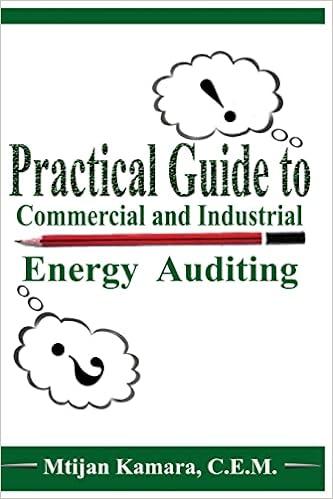9.61 Chips Ahoy. Follow the instructions preceding Problem 9.61. Write the audit approach sec- tion following the cases in the chapter. The following is an excerpt from an article, "Memory Chip Trader Gets 14 Years for Bank Fraud," The Straits Times (Singapore), February 13, 2009: Through most of the 1990s, entrepreneur Kelvin Ang Ah Peng rode the crest of a wave as his company traded in memory chips and recycled used ones for sale at a good price. His story, which follows the ebb and flow of the integrated circuit (IC) chip business, started at EC-Asia International (ECI) in 1993. Computer chips were expensive, so his business did well. A major earthquake in Taiwan in 1999 totaled the computer chip factories there. Production halted and the market price of computer chips soared even higher. The bubble burst the following year, when the Taiwan factories recovered and several computer chip businesses folded. In 2001, as ECI struggled to keep afloat, Ang started abusing its credit facilities. Between that year and early 2007, he bought and sold worthless memory chips and created fake orders and invoices to receive payment from banks. He was charged in October 2008 on 687 charges involving US$290 million; last month, he pleaded guilty to 30 charges-28 for cheating and 2 for money laundering and falsifying an elaborate scheme with the help of Hong Kong firms. He got ECI's partners to issue the necessary trade documents and to circulate computer chips and money between Hong Kong and Singapore. Chips were actually shipped in these sham transactions as if they were bona fide trades. In reality these were worthless, defective chips due for scrapping by ECI. In November 2006 when asked about ECI's unusually large inventory in Hong Kong and the huge debts owed by the firm's Hong Kong "customers," Ang confessed to an ECI subsid iary's director that 90 percent of the inventory did not exist and that its billings were all faked. Yesterday, Ang, 44, was jailed for 14 years for having swindled banks of US$23 million (US$35 million) and laundering these proceeds through Hong Kong. The Australian-listed ECI is now being liquidated, and Ang was decla cupt last year, Chew Siong Tai said that, to secure credit in the absence of incoming orders. Ang fashioned revenues in ECI's initial public offering (IPO) prospectus. Deputy Public Prosecutor David 9.61 Chips Ahoy. Follow the instructions preceding Problem 9.61. Write the audit approach sec- tion following the cases in the chapter. The following is an excerpt from an article, "Memory Chip Trader Gets 14 Years for Bank Fraud," The Straits Times (Singapore), February 13, 2009: Through most of the 1990s, entrepreneur Kelvin Ang Ah Peng rode the crest of a wave as his company traded in memory chips and recycled used ones for sale at a good price. His story, which follows the ebb and flow of the integrated circuit (IC) chip business, started at EC-Asia International (ECI) in 1993. Computer chips were expensive, so his business did well. A major earthquake in Taiwan in 1999 totaled the computer chip factories there. Production halted and the market price of computer chips soared even higher. The bubble burst the following year, when the Taiwan factories recovered and several computer chip businesses folded. In 2001, as ECI struggled to keep afloat, Ang started abusing its credit facilities. Between that year and early 2007, he bought and sold worthless memory chips and created fake orders and invoices to receive payment from banks. He was charged in October 2008 on 687 charges involving US$290 million; last month, he pleaded guilty to 30 charges-28 for cheating and 2 for money laundering and falsifying an elaborate scheme with the help of Hong Kong firms. He got ECI's partners to issue the necessary trade documents and to circulate computer chips and money between Hong Kong and Singapore. Chips were actually shipped in these sham transactions as if they were bona fide trades. In reality these were worthless, defective chips due for scrapping by ECI. In November 2006 when asked about ECI's unusually large inventory in Hong Kong and the huge debts owed by the firm's Hong Kong "customers," Ang confessed to an ECI subsid iary's director that 90 percent of the inventory did not exist and that its billings were all faked. Yesterday, Ang, 44, was jailed for 14 years for having swindled banks of US$23 million (US$35 million) and laundering these proceeds through Hong Kong. The Australian-listed ECI is now being liquidated, and Ang was decla cupt last year, Chew Siong Tai said that, to secure credit in the absence of incoming orders. Ang fashioned revenues in ECI's initial public offering (IPO) prospectus. Deputy Public Prosecutor David








